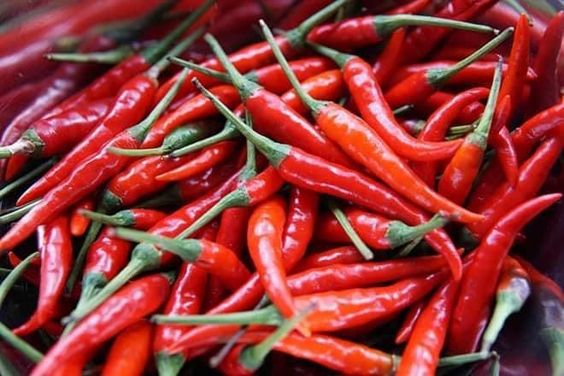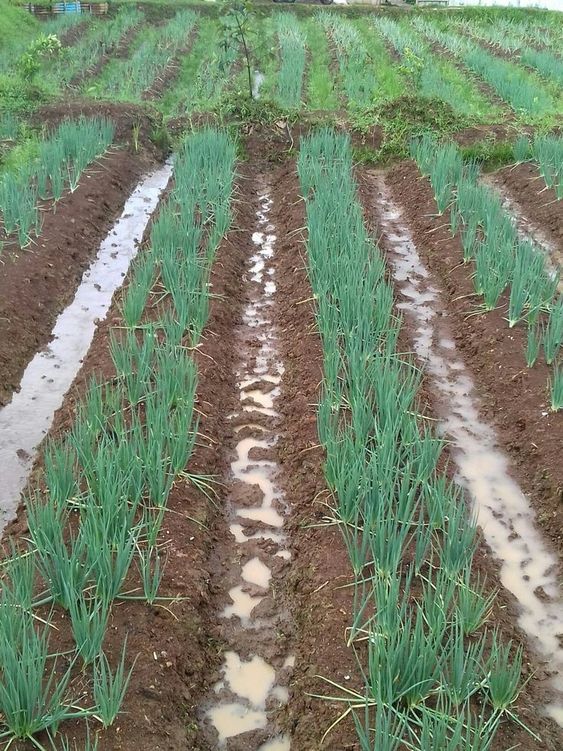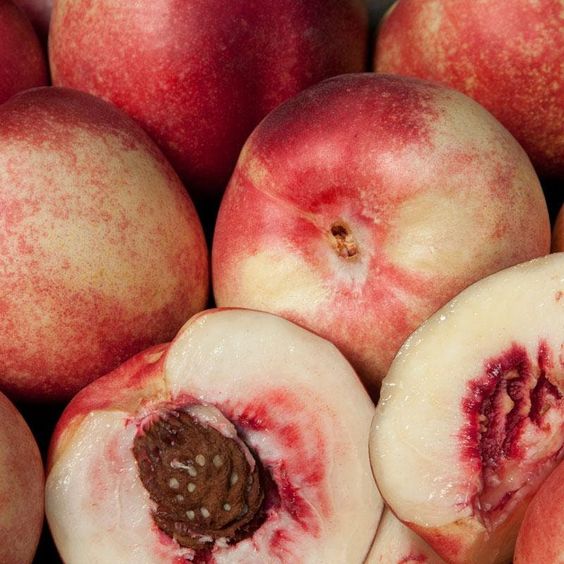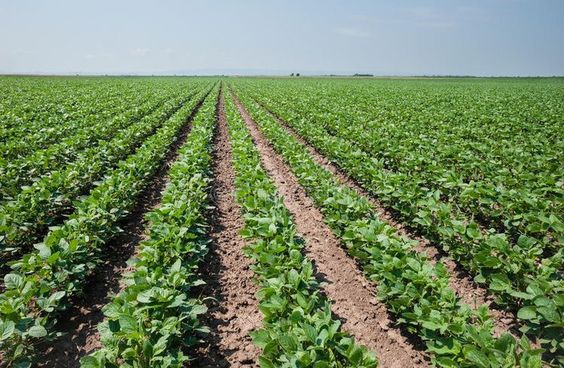From Farm to Fire: Smart Chilies Delivered Fresh with Precision Agriculture
Chilies Delivered Fresh, a staple in cuisines worldwide, are known for their vibrant heat and flavor. However, traditional chili farming faces challenges like unpredictable weather, water scarcity, and pest control difficulties. This can lead to inconsistent yields and a decline in chili quality. Here’s where Smart Agriculture (SA) steps in, revolutionizing the delivery of fresh chilies with a focus on efficiency, sustainability, and consumer satisfaction.
Contents
Contents Chilies Delivered Fresh:
Smart Agriculture integrates technology and data-driven practices to optimize agricultural production. In the context of fresh chili delivery, SA encompasses various aspects:
- Precision farming: Sensors monitor factors like soil moisture, temperature, and nutrient levels. This data allows for targeted irrigation, fertilization, and pest control, minimizing waste and maximizing chili health.
- Controlled-Environment Agriculture (CEA): Greenhouse or indoor farming techniques create an optimized environment for chili growth. Sensors and automation systems manage temperature, humidity, and light for consistent yield and reduced reliance on weather conditions.
- Real-time tracking and traceability: Integrated systems track chili movement from farm to consumer, ensuring food safety and transparency. Customers can access information about the origin, harvesting methods, and freshness of their chilies.
- Data analysis and optimization: Collected data is analyzed to identify areas for improvement. Farmers can adjust practices based on chili growth patterns, leading to better resource allocation and enhanced chili quality.
Benefits Chilies Delivered Fresh:
- Improved Quality and Consistency: SA practices ensure optimal growing conditions, resulting in healthier and more flavorful chilies with consistent heat levels.
- Reduced Environmental Impact: Precision irrigation minimizes water usage, and targeted pest control reduces the need for harmful chemicals. CEA systems can utilize renewable energy and recapture rainwater for a more sustainable approach.
- Enhanced Farm Efficiency: Data-driven decision-making helps farmers optimize resource allocation. Less wasted water, fertilizer, and pesticides translate to cost savings and higher profits.
- Increased Transparency and Traceability: Consumers gain peace of mind knowing the origin and handling practices of their chilies. Transparency builds trust and encourages consumer loyalty.
- Reduced Food Waste: SA practices minimize losses due to pests, disease, or spoilage during transport. This translates into more fresh chilies reaching consumers, minimizing food waste.
Objectives:
Chilies Delivered Fresh ,The primary objectives of employing SA for fresh chili delivery include:
- Meeting the growing demand for high-quality, fresh chilies while ensuring consistent supply throughout the year.
- Minimizing the environmental footprint of chili production through sustainable practices.
- Improving farm profitability by optimizing resource use and reducing waste.
- Enhancing food safety through transparent tracking and traceability systems.
- Building consumer trust by providing information on the origin and handling of chilies.
Explanation Chilies Delivered Fresh:
Let’s delve deeper into how SA technologies contribute to Chilies Delivered Fresh:
- Precision farming sensors: These constantly monitor soil conditions, allowing for automated irrigation systems to deliver water precisely when and where chilies need it. This minimizes water waste and ensures optimal hydration for healthy growth.
- Controlled-environment agriculture: Greenhouses or indoor farms create an ideal microclimate for chili growth. Automated systems adjust temperature, humidity, and light levels for optimal growth regardless of external weather conditions. This leads to consistent yields and predictable harvests.
- Real-time tracking: Fresh chilies can be equipped with smart tags or barcodes. These tags track chili movement throughout the supply chain, providing valuable information about temperature, location, and handling. This ensures transparency and allows for rapid intervention in case of any concerns.
- Data analysis and optimization: Collected data on chili growth, resources used, and environmental conditions can be analyzed to identify areas for improvement. This empowers farmers to make informed decisions about resource allocation, leading to a more sustainable and efficient operation.
Conclusion Chilies Delivered Fresh Smart Agriculture is revolutionizing fresh chili delivery. By integrating technology and data analysis, SA ensures consistent quality, minimizes environmental impact, and fosters consumer trust. This innovative approach paves the way for a more sustainable and efficient future in chili production, delivering fresh, high-quality chilies directly from farm to fire. As SA technologies continue to evolve, we can expect even greater advancements in chili delivery, benefiting both farmers and consumers.




